Genetics play a significant role in shaping an individual's body, including the size, shape, and distribution of fat and muscle. The interplay of various genes determines physical characteristics that influence overall body shape and proportions, including those of the buttocks. Understanding how genetics affects body shape can help individuals set realistic expectations for cosmetic procedures and emphasize the importance of personalized approaches in aesthetic surgery. By examining genetic factors, patients and surgeons can gain insights into the potential outcomes of buttock augmentation and enhancement.
Understanding Buttock Anatomy: A Brief Overview
The anatomy of the buttocks includes several key components: the skin, fat, muscles, and connective tissues. The outer layer consists of skin that can vary in elasticity and thickness, impacting the aesthetic appearance after surgical procedures. Beneath this layer is subcutaneous fat, which contributes to the overall contour and shape of the buttocks. The underlying gluteal muscles—gluteus maximus, medius, and minimus—provide structural support and functionality, influencing movement and posture.
The Role of Genetics in Determining Body Fat Distribution
Genetics significantly influence where fat is distributed in the body, including the buttocks. Different individuals possess unique genetic profiles that dictate how and where their bodies store fat, often categorized into various body types. Some people may have a predisposition to accumulate fat in the hips and buttocks, resulting in a curvier appearance, while others may store fat in the abdomen or thighs. This genetic predisposition affects not only aesthetic considerations but also influences health outcomes, as certain fat distribution patterns are linked to metabolic and cardiovascular risks.
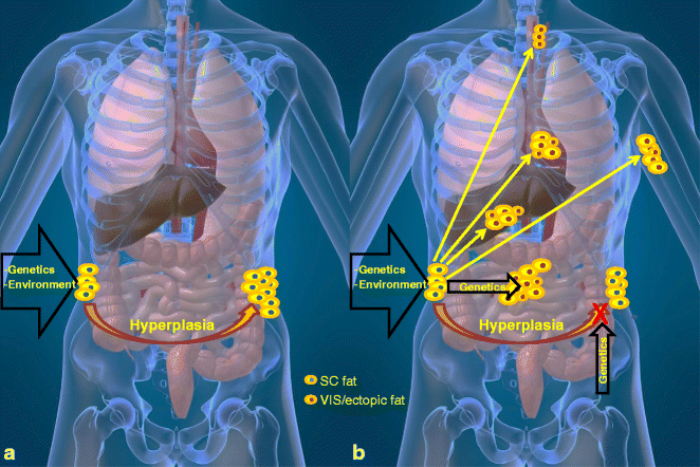
How Genetics Influences Muscle Development in the Buttocks
Genetics also play a crucial role in muscle development, including the gluteal muscles that contribute to the shape and strength of the buttocks. Genetic factors determine muscle fiber composition, growth potential, and response to exercise, influencing how easily individuals can build muscle in this area. For instance, some individuals may find it easier to develop larger or more toned gluteal muscles, while others may struggle despite similar training regimens. Understanding these genetic influences can help individuals tailor their fitness routines and set realistic goals for body sculpting.
Common Genetic Traits Associated with Buttock Shape
Certain genetic traits are commonly associated with buttock shape and size. These traits may include variations in genes that regulate fat storage, muscle development, and skin elasticity. For example, individuals with a genetic predisposition for a rounder buttock shape may have specific alleles associated with higher fat deposits in that area. Additionally, traits such as skin texture and elasticity, which can affect how the buttocks appear, are also influenced by genetics. Identifying these genetic markers can provide insights into the expected outcomes of cosmetic procedures aimed at enhancing buttock shape.
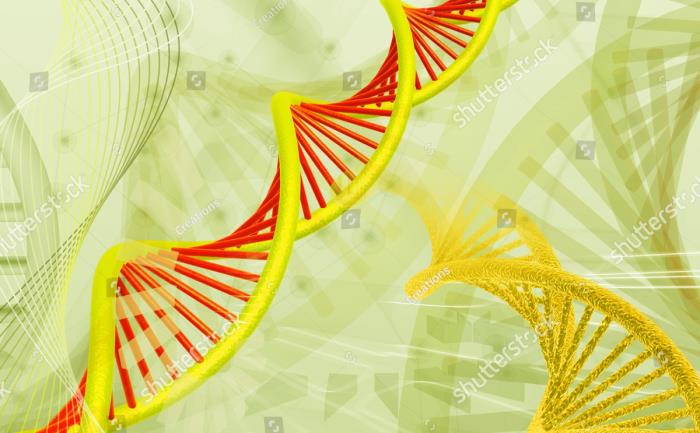
The Impact of Ethnicity on Buttock Characteristics
Ethnicity significantly influences buttock characteristics, including shape, size, and fat distribution patterns. Different ethnic groups often exhibit distinct body types due to genetic variations that affect physical traits. For instance, individuals of African descent may have a higher tendency for curvier body shapes and fuller buttocks, while those of European or Asian descent may display different fat distribution patterns. These ethnic differences can impact the aesthetic goals of buttock augmentation procedures, emphasizing the need for personalized approaches that consider an individual's unique background and anatomical features. Understanding these influences can help surgeons provide tailored solutions that align with their patients' desires.
The Relationship Between Hormones and Buttock Shape
Hormones play a significant role in determining body shape, including the buttocks. Estrogen, in particular, influences fat distribution and can lead to a fuller buttock appearance in females. Conversely, testosterone affects muscle development, which can lead to a more athletic or angular buttock shape in males. Hormonal imbalances can also impact fat storage and muscle growth, leading to changes in buttock shape over time.
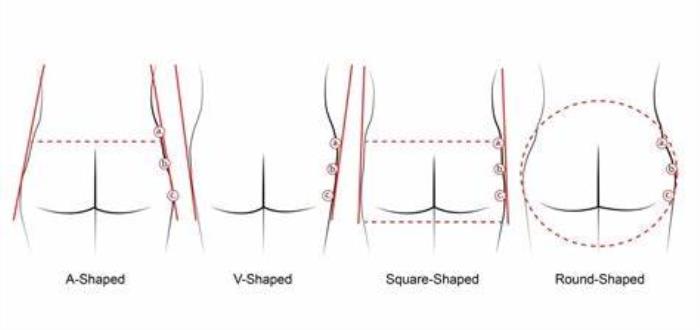
Identifying Genetic Patterns: Family Traits in Buttock Shape
Buttock shape often runs in families, suggesting a genetic component. Studies show that children may inherit certain traits from their parents, including the overall shape, volume, and firmness of the buttocks. Understanding these genetic patterns can help individuals manage expectations regarding their body shape and explore options for augmentation if desired.
The Role of Connective Tissue and Skin Elasticity in Buttock Appearance
Connective tissue and skin elasticity are crucial for maintaining the appearance of the buttocks. The quality of connective tissue determines how well the skin can support underlying fat and muscle, affecting overall shape and firmness. As individuals age, skin elasticity decreases, leading to sagging or a less defined appearance. Enhancing skin elasticity through treatments can improve buttock aesthetics.
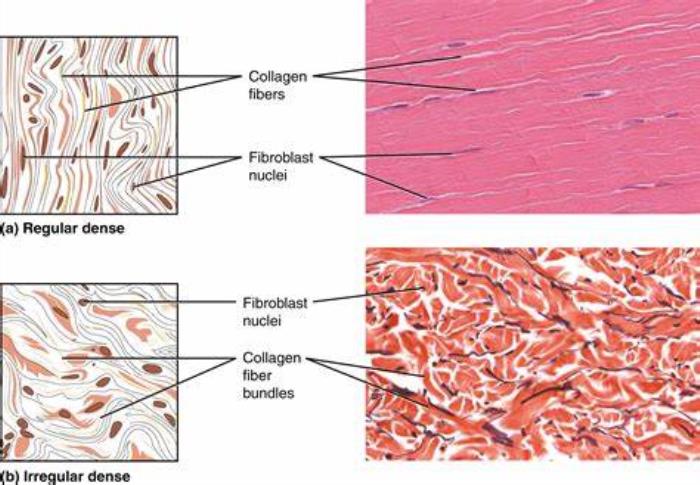
Genetic Factors in Weight Gain and Its Effect on Buttock Shape
Genetics significantly influences weight gain patterns, affecting how fat is distributed in the body. Individuals with a genetic predisposition to store fat in the lower body may develop fuller buttocks. Conversely, those who gain weight primarily in the abdominal area may not see significant changes in buttock shape. Understanding these genetic factors can guide individuals in achieving their desired appearance.
How Aging and Genetics Affect Buttock Shape Over Time
As individuals age, genetics and hormonal changes contribute to alterations in buttock shape. Loss of collagen and elastin can lead to sagging, while hormonal fluctuations can change fat distribution patterns. Understanding how these factors interact helps individuals plan for cosmetic interventions, like buttock augmentation or lifting procedures, to restore youthful contours.
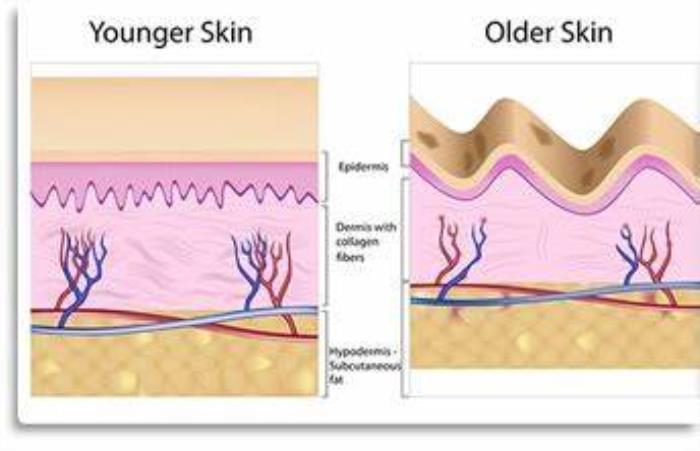
The Influence of Lifestyle and Environment on Genetic Traits
While genetics plays a significant role in buttock shape, lifestyle choices such as diet, exercise, and overall health can influence these traits. Regular exercise can enhance muscle tone, while a balanced diet supports healthy fat distribution. Environmental factors, such as access to nutrition and fitness resources, also impact the expression of genetic traits related to body shape.
Genetic Testing: Understanding Your Unique Body Shape
Genetic testing can provide insights into individual body shape and fat distribution patterns. By understanding genetic predispositions, individuals can make informed lifestyle choices or explore cosmetic options that align with their genetic makeup. Genetic testing is becoming increasingly popular in personalizing health and aesthetic interventions.
The Role of Diet and Exercise in Shaping Genetic Outcomes
Diet and exercise can modify the expression of genetic traits related to buttock shape. Regular physical activity, particularly strength training, can enhance muscle development in the gluteal area, leading to a more defined shape. Additionally, a healthy diet can influence fat storage and overall body composition, enabling individuals to achieve their desired buttock appearance.
Cosmetic Surgery: Addressing Genetic Buttock Shape Concerns
For individuals dissatisfied with their genetically influenced buttock shape, cosmetic surgery options like buttock augmentation, liposuction, or fat grafting can provide solutions. These procedures can enhance volume and contour, allowing individuals to achieve a more aesthetically pleasing appearance that aligns with their genetic traits.
Combining Genetics with Surgical Techniques for Optimal Results
Surgeons increasingly consider genetic factors when planning buttock augmentation procedures. By understanding a patient's genetic predisposition, surgeons can tailor techniques to achieve natural-looking results that harmonize with the patient's unique body shape. This personalized approach can enhance patient satisfaction and surgical outcomes.
Patient Experiences: Genetic Influences on Buttock Augmentation
Patient testimonials reveal a range of experiences regarding genetic influences on buttock shape and the subsequent decision to undergo augmentation. Many individuals express a desire to enhance or change their genetically inherited features, leading to improved confidence and body image after surgery.
Myths and Misconceptions About Genetics and Body Shape
Common myths about genetics and body shape can lead to misunderstandings regarding the role of genetics in buttock appearance. Some believe that genetics solely determine body shape, neglecting the impact of lifestyle choices, while others may underestimate the influence of genetic predisposition on their body image. Addressing these misconceptions can empower individuals to make informed decisions about their health and aesthetics.
Future Research: Exploring Genetic Engineering in Aesthetic Surgery
Advancements in genetic research may lead to innovative approaches in aesthetic surgery. Future studies could explore genetic engineering techniques that allow for personalized body shaping options. This research could revolutionize how cosmetic procedures are approached, enabling more tailored and effective interventions.
Conclusion: Embracing Your Unique Genetic Blueprint for Buttock Shape
Understanding the interplay of genetics, hormones, and lifestyle choices is key to appreciating and potentially enhancing one’s buttock shape. While genetics plays a significant role, individuals can embrace their unique body shapes while also exploring options for augmentation if desired. Empowering individuals with knowledge about their genetic influences can lead to informed decisions and greater satisfaction with their bodies.
Understanding the Anatomy of the Buttocks
Gain a comprehensive understanding of the anatomy of the buttocks, including the various muscles, fat layers, and connective tissues involved. This section explains how knowledge of this anatomy is essential for both surgical and non-surgical augmentation procedures, ensuring safe and effective outcomes.
Exploring the Latest Innovations in Buttock Implant Materials
Stay updated on the latest advancements in buttock implant technology. This section highlights new materials and designs that enhance the safety, durability, and aesthetic results of buttock augmentation procedures, providing insights into how these innovations can improve patient satisfaction.
Best Buttock Augmentation Surgery in India
The Best Buttock Augmentation Surgery in India offers patients a way to enhance the shape and size of their buttocks using advanced surgical techniques, providing natural-looking and long-lasting results.
Best Buttock Augmentation Hospitals in India
The Best Buttock Augmentation Hospitals in India feature modern facilities and experienced surgeons, ensuring comprehensive care from consultation to recovery, tailored to each patient's needs.
Buttock Augmentation Surgery Cost in India
The Buttock Augmentation Surgery Cost in India is competitive and transparent, offering affordable options while maintaining high standards of safety and patient care.
Best Buttock Augmentation Surgeons in India
The Best Buttock Augmentation Surgeons in India are skilled professionals with extensive experience in body contouring, delivering personalized treatment plans for optimal aesthetic results.
FAQ
How do genetics determine the shape of the buttocks?
Genetics influence the distribution of fat, muscle development, and connective tissue quality, which all contribute to the overall shape and appearance of the buttocks.
Are certain ethnicities more likely to have specific buttock shapes?
Yes, certain ethnicities may display distinct patterns of fat distribution and body shape, which can lead to characteristic buttock shapes that are often seen within those populations.
Can lifestyle changes alter the genetic traits related to buttock shape?
While genetics sets a foundation, lifestyle changes such as diet and exercise can influence body composition and fat distribution, potentially enhancing or modifying buttock shape.
What role do hormones play in the development of buttock shape?
Hormones, particularly estrogen and testosterone, influence fat storage and muscle development, significantly impacting the shape and fullness of the buttocks.
How can cosmetic surgery help address genetic concerns in buttock appearance?
Cosmetic surgery offers options like fat grafting and implants to enhance volume and shape, allowing individuals to address genetic concerns and achieve their desired aesthetic outcomes.